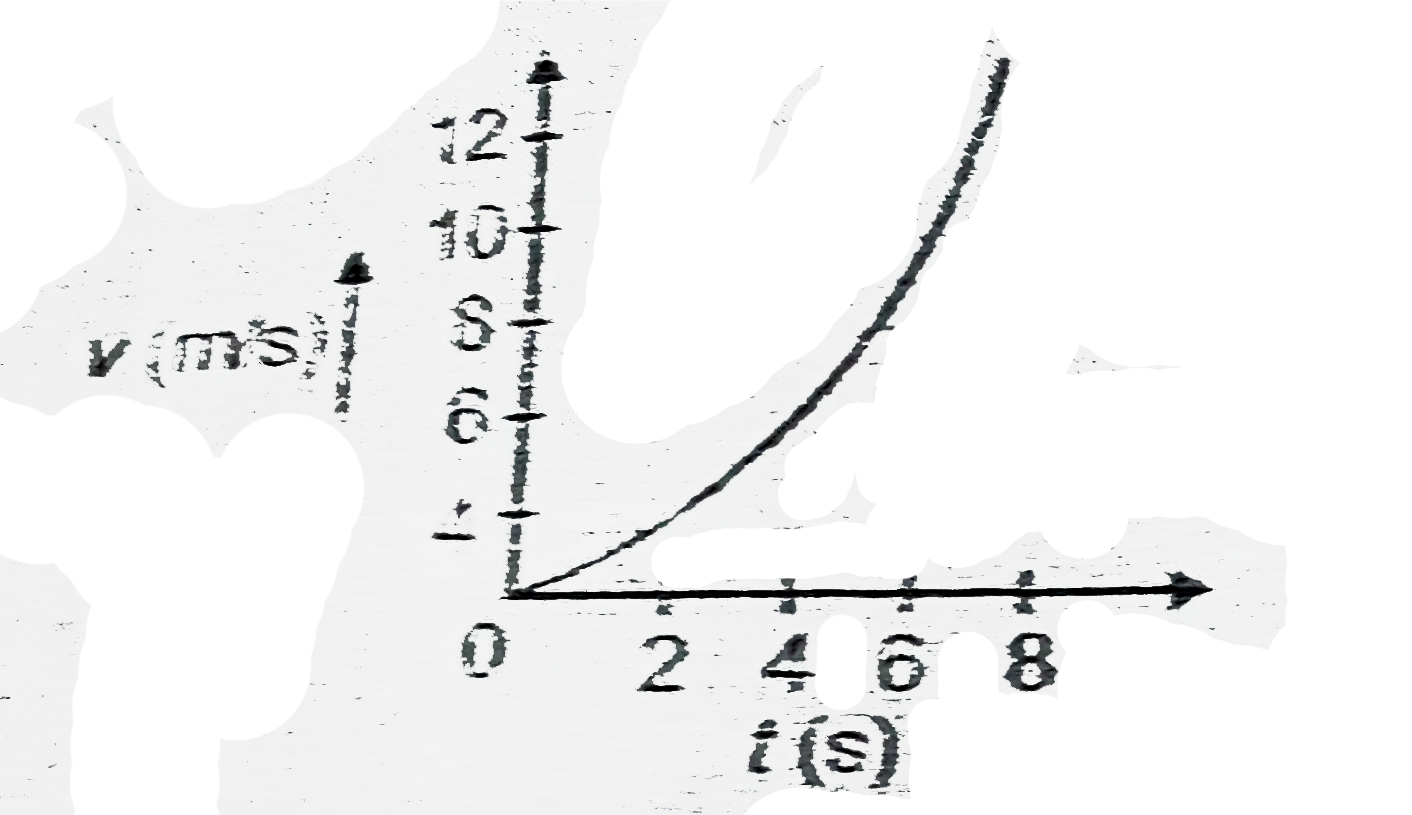If the average velocity of an object is zero in some time interval , what can you say about the displacement of the object for that interval?
Zero.
Topper's Solved these Questions
- DYNAMICSBOOK - ICSECHAPTER - DYNAMICSEXERCISE - VERY SHORT ANSWER QUESTIONS
60 Videos
- DYNAMICSBOOK - ICSECHAPTER - DYNAMICSEXERCISE - SELECTED PROBLEMS
249 Videos
- DYNAMICSBOOK - ICSECHAPTER - DYNAMICSEXERCISE - CONCEPTUAL SHORT ANSWER QUESTIONS WITH ANSWERS
20 Videos
- DIMENSIONSBOOK - ICSECHAPTER - DIMENSIONSEXERCISE - SELECTED PROBLEMS (FROM CONVERSIONS OF ONE SYSTEMS OF UNITS INTO ANOTHER)
9 Videos
- FRICTIONBOOK - ICSECHAPTER - FRICTIONEXERCISE - Selected problems
30 Videos
Similar Questions
Assertion: The magnitude of average velocity of the object over an interval of time is either smaller than or equal to the average speed of the object over the same interval.
Reason: Path length (distance) is either equal or greater than the magnitude of displacement.
View SolutionThe velocity of an object changes from 50 m/s to 60 m/s in 20 seconds. What is the average acceleration of the object over that interval?
View SolutionIf average velocity of particle moving on a straight line is zero in a time interval, then
View SolutionCan the instantaneous velocity of an object during a time interval ever be greater in magnitude than average celocity over the entire interval ? Can it be less?
View SolutionAssertion: The average velocity of a particle is zero in a time interval. It is possible that the instantaneous acceleration is never zero in the interval.
Reason: The magnitude of average velocity in an interval is equal to its average speed in that interval.
View SolutionCan the velocity of an object be in a direction other than the direction of acceleration of the object ? Explain.
View SolutionIf the displacement of an object during its motion is 100 m in a time interval of 20 s, then calculate the average velocity of the object with which it was moving through out his journey.
View SolutionAssertion: When a particle moves with constant velocity its average velocity, its insttantaneous velocity and its speed are all equal in magnitude.
Reason: If the average velocity of a particle moving on a straight line is zero in a time interval, then it is possible that the instantaneous velocity is never zero in the internal.
View SolutionHow can you decrease the average density of an object?
View SolutionThe velocity-time graph of an object is given below. Calculate the average acceleration of the object in the time interval of 4 s to 6 s.

View Solution
